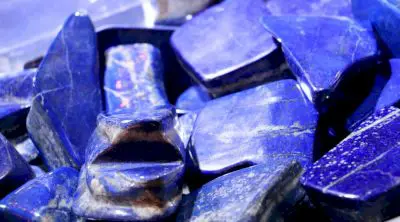Lapis lazuli Prices in Pakistan
Pakistan has official religion of Islam and is the second-largest Muslim country in the world. Lazuli has more applications in dyeing fabrics, glazed and painted porcelain pottery, tile -making and treatment and medical use. Pakistan, a member of the World Trade Organization since 1994, has substantially reduced tariffs on imported goods since 1998. Distinguishing between genuine Lapis lazuli and synthetic or fake Lapis lazuli can be challenging, but there are several methods you can use to help determine their authenticity. Road transport is the backbone of Pakistan's transport system. Abu Rihan al-Biruni writes in the valuable book Al-Jamahir Fi Al-Ma'rifah Al-Jawahir
Add your import and export orders to this list
Warning: Undefined variable $formTitle in /home/anbar/domains/anbar.asia/anbar/inc/html/desktop/orderform.php on line 10
Warning: Undefined variable $marketName in /home/anbar/domains/anbar.asia/anbar/inc/html/desktop/orderform.php on line 12
Warning: Undefined variable $location in /home/anbar/domains/anbar.asia/anbar/inc/html/desktop/orderform.php on line 12
If you want to trade in the , please join in Anbar Asia. Your order will be shown here, so the traders of contact you

Pakistan's GDP growth rates have seen a steady increase over the past five years. Pyrite impurities, which are seen as gold or bronze dots in this stone, have made it more visible. All kinds of investment banks and financial development institutions and investment funds are responsible for transferring money and capital flows in the country. Lapis lazuli has a long history of being mined in West Asia, particularly in countries located in the Middle East, such as Afghanistan and Iran
- Pakistan Tanzanite Market
- Pakistan Amber Market
- Pakistan Chrysocolla Market
- Pakistan Pearl Market
- Pakistan Turquoise Market
- Pakistan Agate Market
- Pakistan Diamond Market
- Pakistan Meteorite Market
- Pakistan Emerald Market
- Pakistan Charoite Market
- Pakistan Spinel Market
- Pakistan fossil Market
- Pakistan Jade Market
- Pakistan Lapis lazuli Market
- Pakistan Ruby Market
- Pakistan Topaz Market

The original locality for lapis lazuli is the Sar-e-Sang deposit in Afghanistan's remote Badakhshan district. In the Achaemenid period, azure was called "Kabutkeh". In the Sassanid period, azure was consumed a lot. The roof of Ctesiphon, as well as various sculptures, is made of azure; it is possible that they used azurite instead of azure in making these works.
Read More ...
